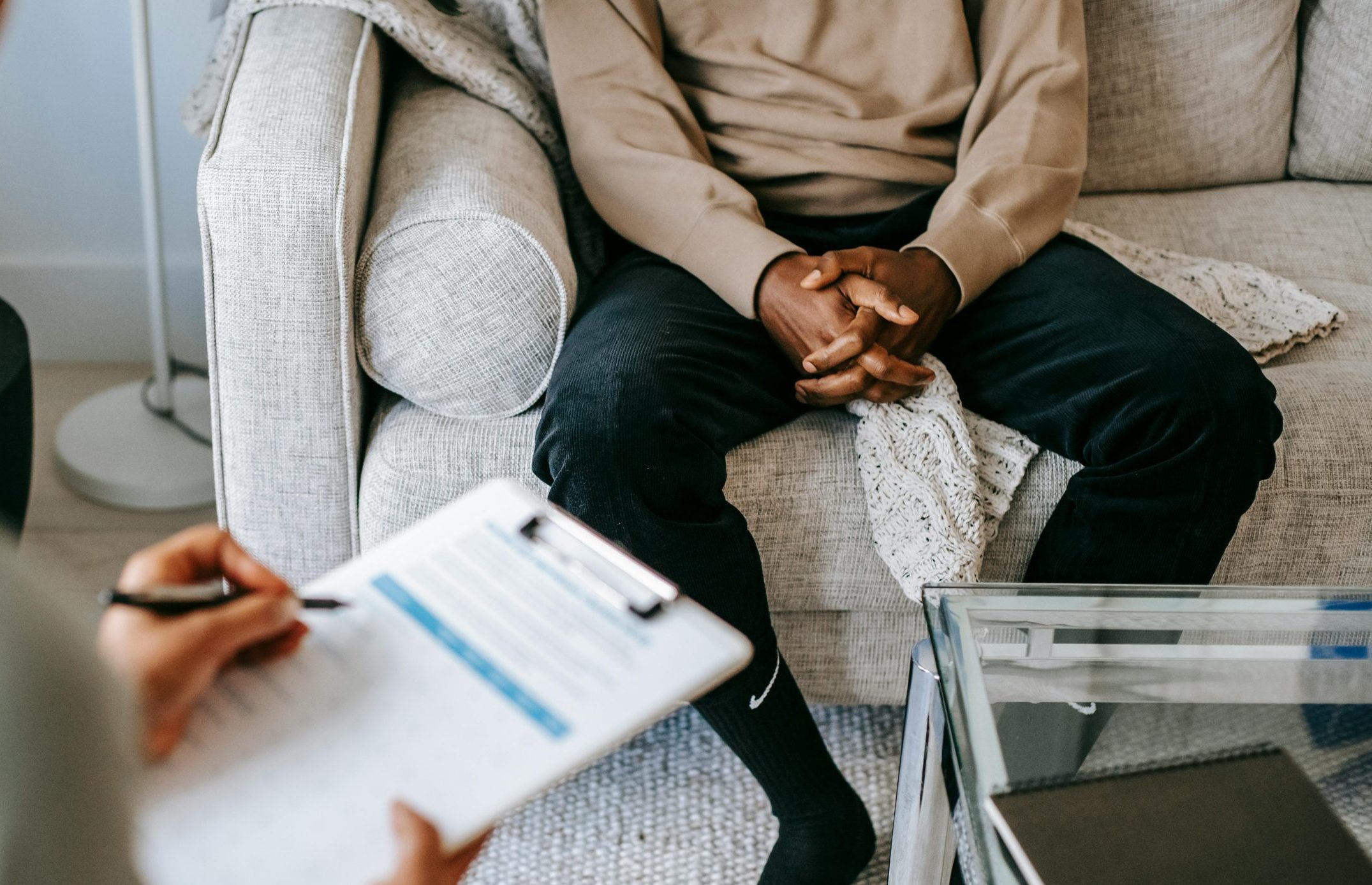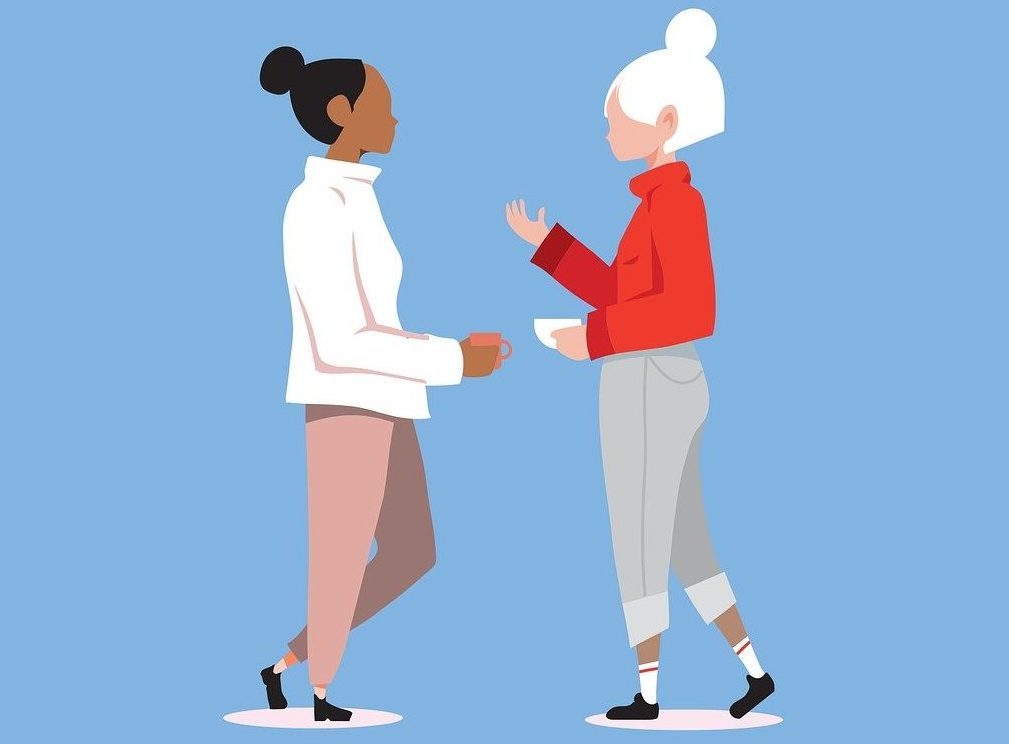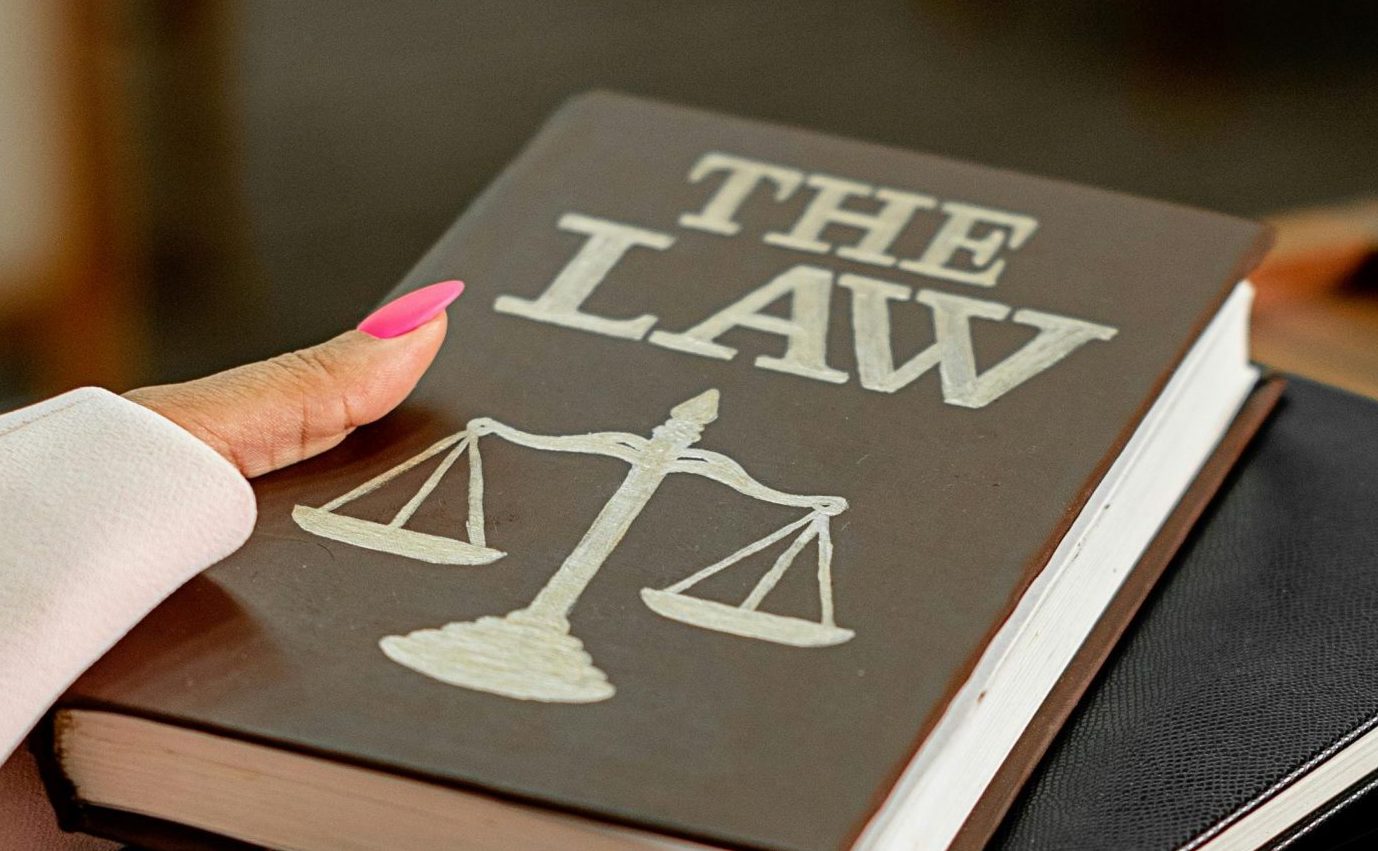No one agency is able to support and promote the safety and wellbeing of adult and child survivors; hold people who harm to account and mitigate the risk of harm they pose. It is important to consider what other practitioners and services can support.
Many services offer advice and consultation to practitioners to support their work as well as providing support for victims/survivors or people.
Please use the links and downloads below to find additional support and information for victims/survivors you are working with.
Best Practice:
• Consider what you can do to connect the victim/survivor you are supporting with services as opposed to just signposting or making a referral. They may be afraid or reluctant to be referred to or access other support – fear of judgement, blame, having their children removed, or of an escalation in abuse from the person causing harm as a ‘consequence’ of disclosing and seeking support.
o This could mean facilitating the service to be able to meet the survivor by using your premises or a joint appointment.
o Supporting the survivor to make a call to a specialist helpline or service.
o Providing information about local services, how they could help and what to expect when working with that service.
o Make contact with the service to discuss the referral, understand the services referral criteria, length of wait for support and ask what information that they need to be able to quickly and safely connect with the survivor.
o Make follow up contact when a referral has been sent to ensure it has been received and whether it has been actioned.
• Include safe method of contact for the victim/survivor in the referral – often the person causing harm will employ a range of monitoring and tracking tactics to isolate the victim/survivor from sources of support.
• Include any risk assessment and safety planning that has been done including the survivor’s priorities for their safety, strengths and protective efforts and information about the person causing harms tactics of control, it’s impact on the adult and child survivors, especially those which would impact on the survivor’s ability to engage with or access support
• Include any additional information about the risk that the person causing harm may pose to professionals engaging with the family or visiting the address e.g. access to weapons and firearms, monitoring or tracking on survivors devices or within the home, including things like camera doorbells.
Multi-Agency Safeguarding & Safety Planning
All cases assessed as high risk should be referred to the MARAC. If in doubt, speak to your agency MARAC lead and the MARAC Coordinator marac.pdas@sanctuary.org.uk.
Seek advice from your agency safeguarding lead and discuss with the Families First Children’s Service and, where appropriate consider referrals into Adult Safeguarding and Adult Social Care.
Local and National Specialist Services
Plymouth Support Offer
Plymouth Online Directory – Domestic Abuse
Plymouth Online Directory – Sexual Violence
The Sanctuary Scheme
The main aim of the Sanctuary Scheme is to enable victim/survivors at risk of domestic abuse to remain safely in their own homes (should this be an appropriate and safe option). It is victim/survivor led and attempts to minimise disruption to their lives. It is achieved through enhancing the security of the property, using a range of measures and can be offered to victims/survivors in any tenure type.
Sanctuary Scheme GuidanceSanctuary Scheme Referral FormRights of Women
Rights of Women provide frontline legal advice to women experiencing all forms of violence against women and girls in England and Wales.
Coercive ControlDomestic Abuse InjunctionsLeaving an abusive relationship: What are my legal options?Claire’s Law: Domestic Violence Disclosure Scheme.
This scheme enables the Police to release information about any previous history of violence or abuse a person might have.
Under Clare’s Law you can:
• Apply for information about your current or ex-partner because you’re worried they may have a history of abuse and are a risk to you.
• Request information about the current or ex-partner of a friend or relative because you’re worried they might be at risk.
Request Information under Claire’s Law: Make a Domestic Violence Disclosure Scheme (DVDS) application- Devon & Cornwall Police
National Centre for Domestic Violence (NCDV)
The NCDV provides free support for victims/survivors of domestic abuse and practitioners that support survivors and information about protective orders and support to obtain protective orders.
Domestic Abuse and Violence Injunction Service
Women’s Aid Survivors Handbook
Women’s Aid are a specialist national charity supporting women affected by domestic abuse. They have produced a self-help guide which includes information and advice about domestic abuse and how to leave a domestic abuse relationship should that be what the survivor wants to do.
Online Handbook
Respect Toolkit for Working with Male Victim/Survivors
Respect is a UK charity stopping perpetrators of domestic abuse.
They have produced a free toolkit to support practitioners working with men who are victims/survivors of domestic abuse. The toolkit also includes information and tools for when it is unclear at point of referral who is the primary person causing harm and who is the victim/survivor.
Economic Abuse Resources
Surviving Economic Abuse are a national charity providing advice and support to victims/survivors of economic abuse, which is a common tactic of control within domestic abuse. It is estimated that 95% of cases involve economic abuse.
Information and resources for victims/survivors of economic abuse
Information, resources and toolkits for practitioners supporting survivors of domestic abuse as well as employers and wider debt, banking and financial services professionals









